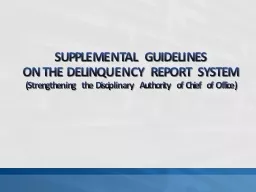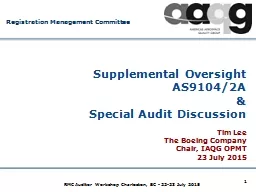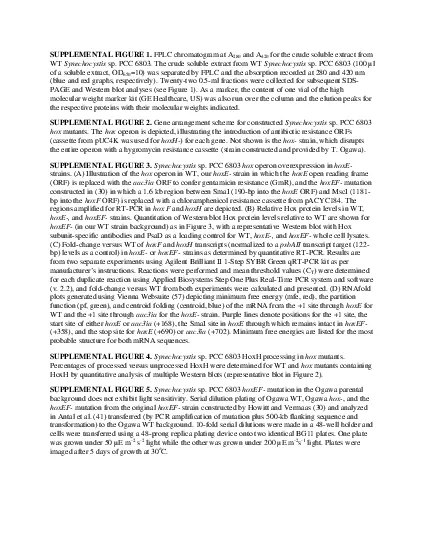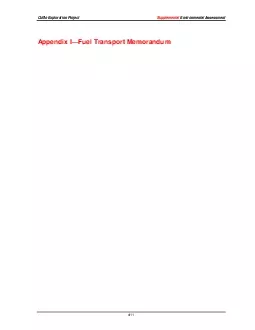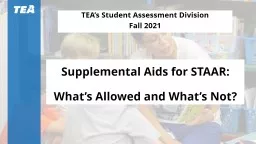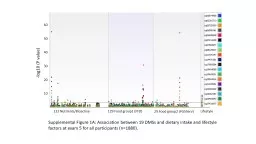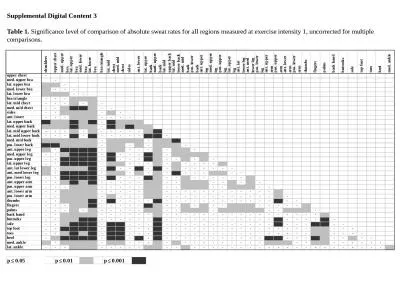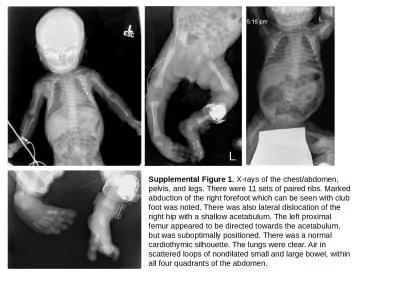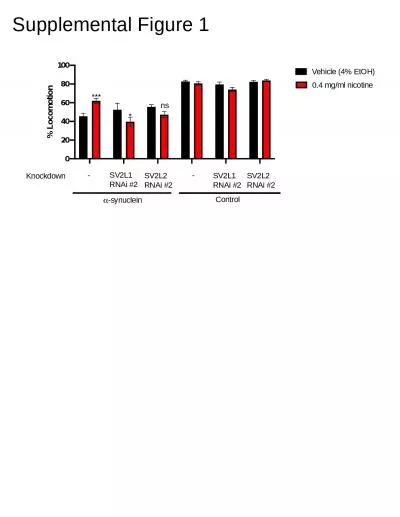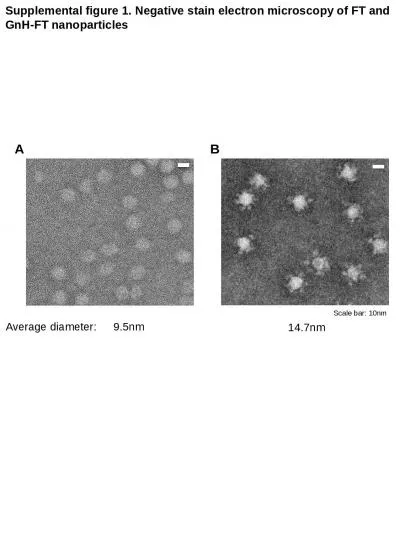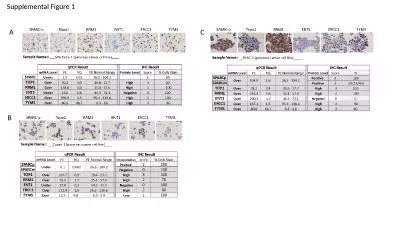PPT-SUPPLEMENTAL GUIDELINES ON THE DELINQUENCY REPORT SYSTEM
Author : sherrill-nordquist | Published Date : 2020-04-06
Strengthening the Disciplinary Authority of Chief of Office REFERENCES PNP Memorandum Circular MC No 2014025 entitled Delinquency Report System Strengthening
Presentation Embed Code
Download Presentation
Download Presentation The PPT/PDF document " SUPPLEMENTAL GUIDELINES ON THE DELINQUE..." is the property of its rightful owner. Permission is granted to download and print the materials on this website for personal, non-commercial use only, and to display it on your personal computer provided you do not modify the materials and that you retain all copyright notices contained in the materials. By downloading content from our website, you accept the terms of this agreement.
SUPPLEMENTAL GUIDELINES ON THE DELINQUENCY REPORT SYSTEM: Transcript
Download Rules Of Document
" SUPPLEMENTAL GUIDELINES ON THE DELINQUENCY REPORT SYSTEM"The content belongs to its owner. You may download and print it for personal use, without modification, and keep all copyright notices. By downloading, you agree to these terms.
Related Documents

